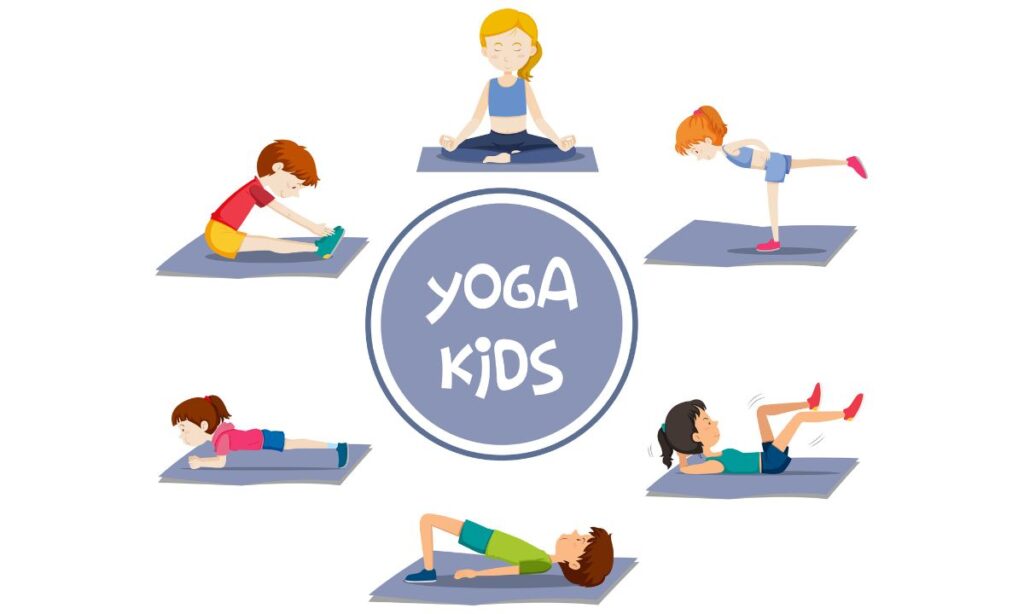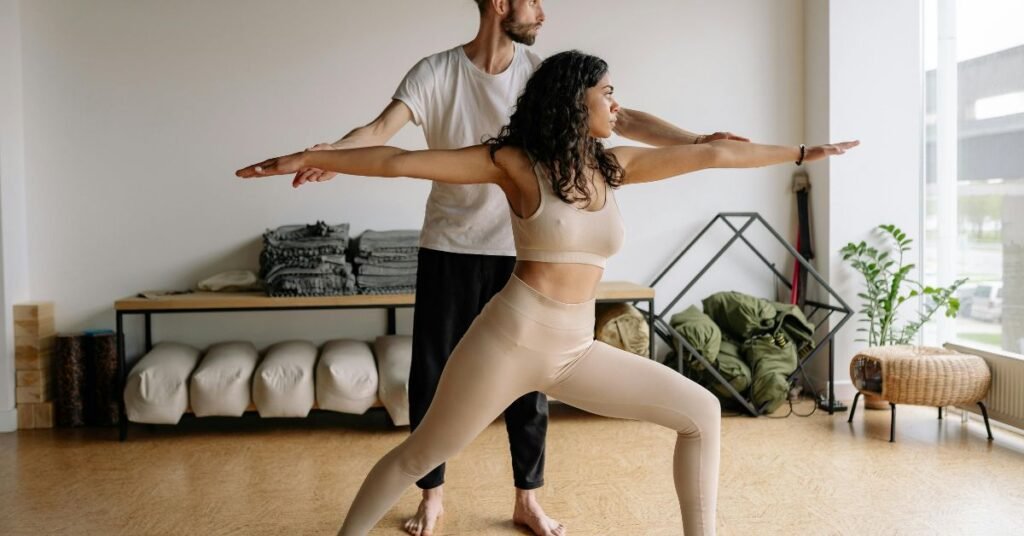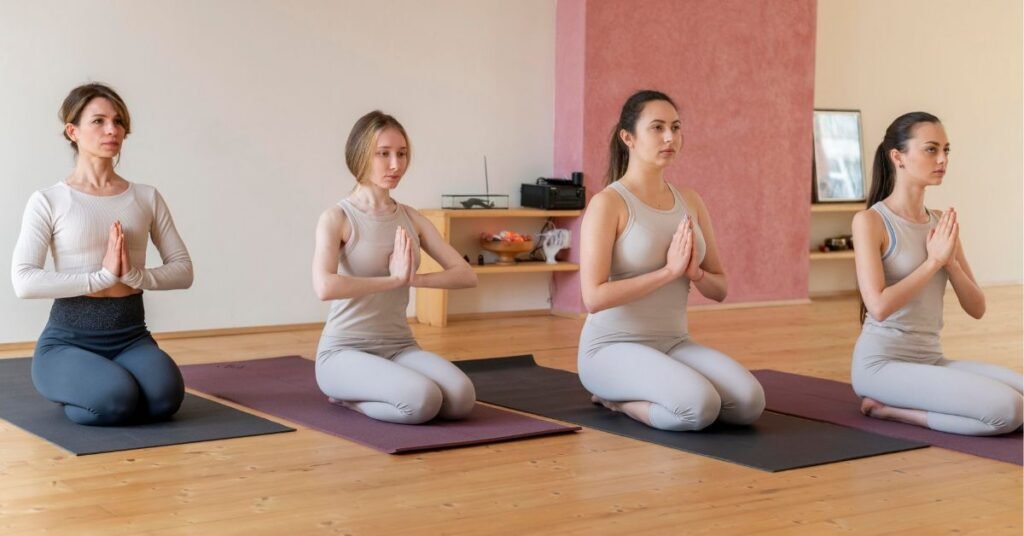Introduction
Yoga is not just for adults; it’s for everyone—even the tiniest members of your family! Introducing yoga to toddlers and babies can be a fantastic way to support their physical, emotional, and cognitive development. If you’ve ever wondered about the benefits of yoga for young children, at what age they should start, and how to make it engaging, you’re in the right place.
In this guide, we’ll explore why yoga is beneficial for little ones, the best age to start, and practical ways to incorporate yoga into their daily routine. Let’s dive into the wonderful world of children’s yoga!
The Benefits of Yoga for Toddlers and Babies
Yoga isn’t just about flexibility; it’s about overall well-being. Here are some key benefits of yoga for toddlers and babies:
1. Enhances Physical Development
- Improves flexibility, strength, and balance.
- Helps with coordination and motor skills.
- Encourages better posture from an early age.
2. Supports Emotional and Mental Well-being
- Helps with relaxation and stress reduction.
- Teaches self-soothing techniques, which can be useful during tantrums.
- Encourages mindfulness and emotional regulation.
3. Boosts Cognitive Growth
- Enhances focus and concentration.
- Encourages imagination through playful movements.
- Helps in developing early problem-solving skills.
4. Strengthens the Parent-Child Bond
- Encourages quality time and positive interaction.
- Creates a sense of trust and connection.
- Makes physical activity a shared and enjoyable experience.
5. Improves Sleep Patterns
- Promotes relaxation before bedtime.
- Helps in establishing a calming nighttime routine.
- Reduces restlessness and aids in deeper sleep.
Readmore: Family Yoga: Fun and Easy Poses
Readmore: Tips for Building a Supportive Yoga Community
At What Age Should a Child Start Yoga?
Many parents wonder, “At what age should a child start yoga?” The good news is that there’s no right or wrong answer!
- Newborns to 6 Months: Gentle stretching and massage-based movements help with digestion, circulation, and relaxation.
- 6 to 12 Months: Babies can start engaging in simple movements like stretching their arms, rolling, and gentle supported poses.
- Toddlers (1-3 Years): They can participate more actively with guided movements, animal poses, and playful yoga sessions.
- Preschoolers (3+ Years): They can follow simple instructions, perform basic yoga sequences, and practice breathing exercises.
Starting early helps children build a lifelong connection with movement and mindfulness!
How to Engage Your Child in Yoga
Keeping young children engaged can be tricky, but making yoga fun and interactive will encourage them to participate. Here are some ways to do that:
1. Make It Playful
- Use animal poses (e.g., downward dog, cat-cow, butterfly pose).
- Incorporate storytelling into yoga routines.
- Pretend to be a tree, a star, or a roaring lion!
2. Use Music and Rhymes
- Play calming music or fun songs during yoga time.
- Create little rhymes or chants for each pose.
3. Keep Sessions Short and Sweet
- Start with 5-10 minutes and gradually extend.
- Allow breaks and avoid forcing any movements.
4. Use Props and Toys
- Soft toys can act as yoga buddies.
- Colorful mats and cushions make the space inviting.
5. Practice Together
- Kids love to imitate adults—so do the poses with them!
- Turn it into a bonding experience rather than a lesson.
6. Encourage Deep Breathing
- Teach simple breathing exercises like “smell the flower, blow out the candle.”
- Practice belly breathing with a stuffed toy on their tummy.
Readmore: Exploring Different Types of Yoga
Readmore: 5 Yoga Poses to Counteract Sitting at a Desk All Day
Simple Yoga Poses for Toddlers and Babies
Here are a few easy yoga poses to try with your little one:
1. Butterfly Pose (Baddha Konasana)
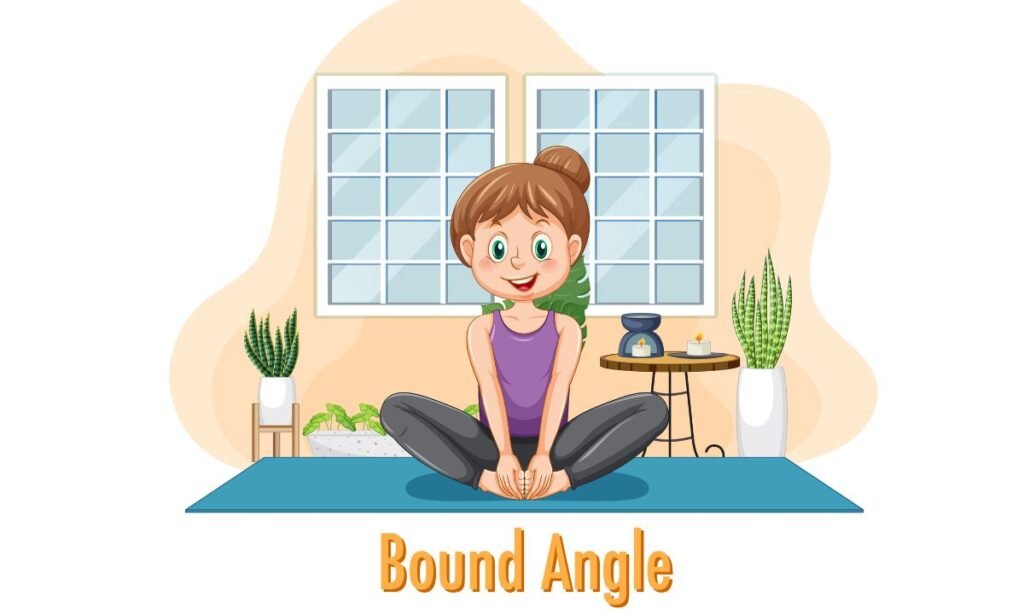
- Sit down and bring the soles of the feet together.
- Flap the legs like butterfly wings!
2. Cat-Cow Stretch

- Get on all fours and arch the back (cow pose).
- Round the spine like a cat stretching.
3. Downward Dog

- Hands and feet on the ground, hips up.
- Let them stretch like a playful puppy!
4. Tree Pose
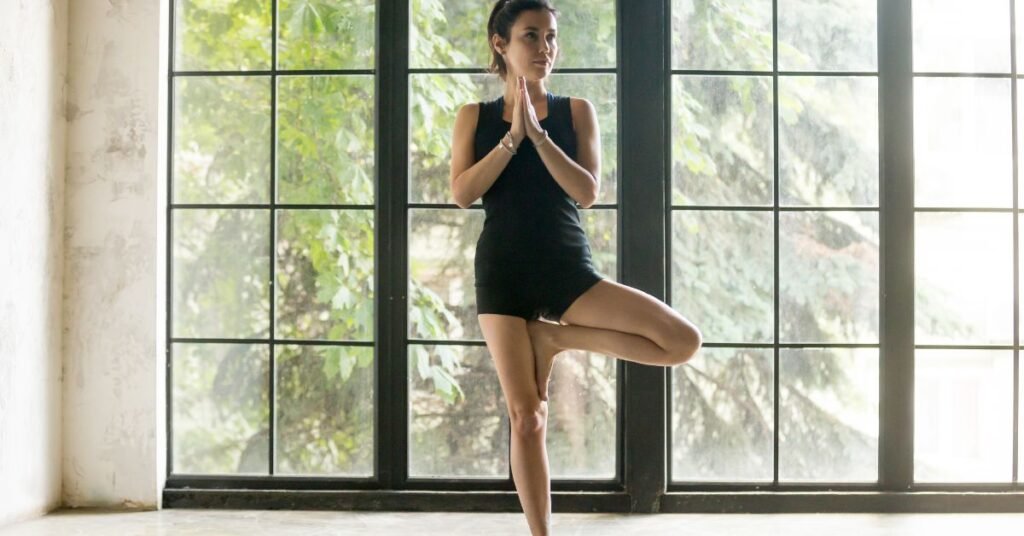
- Stand on one leg and place the other foot on the inner thigh or calf.
- Reach arms up like tree branches!
5. Baby Cobra
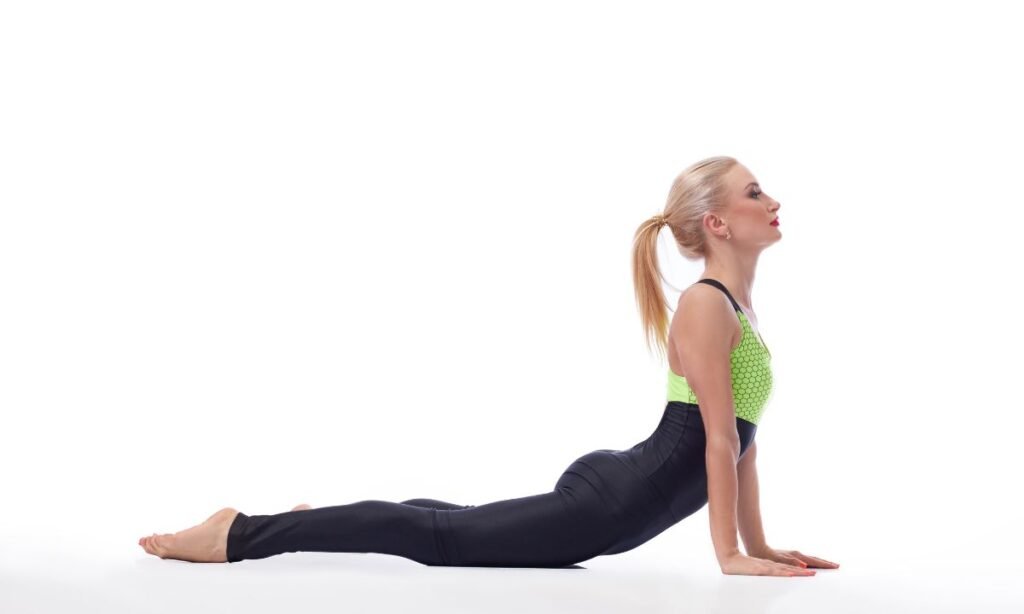
- Lay on the belly and gently lift the chest.
- Look up like a curious little snake!
Concerns and Safety Tips
1. Is Yoga Safe for Babies?
Yes! As long as it’s gentle and age-appropriate. Always support their movements and avoid any forceful stretching.
2. How Often Should We Practice?
2-3 times a week is a great start. As they grow, you can make it a daily routine.
3. What if My Child Loses Interest?
That’s completely normal! Let them explore yoga at their own pace and make it fun rather than a strict routine.
4. Are There Any Medical Concerns?
If your child has any health conditions, consult a pediatrician before starting yoga.
Readmore: Happy Baby Pose (Ananda Balasana)
Readmore: Yoga Poses for Kids: Fun, Easy
Final Thoughts
Yoga for toddlers and babies is a wonderful way to encourage movement, mindfulness, and bonding. Whether using simple stretches for a newborn or engaging a toddler with playful poses, yoga offers endless benefits for their development and well-being.
So grab a yoga mat, put on some relaxing music, and have fun with your little one! The most important thing is to keep it lighthearted, engaging, and enjoyable. Happy yoga time!

Sonu is a passionate yoga teacher with over 6+ years of experience helping individuals find balance, strength, and inner peace through the transformative power of yoga. As the creator of Pure Yoga Vibes, Sonu shares expert insights, inspiring practices, and a wealth of knowledge to support your wellness journey. Dedicated to creating a space for growth and mindfulness, Sonu’s mission is to make yoga accessible and enjoyable for everyone. For inquiries or collaborations, feel free to reach out at contact@pureyogavibes.com.
